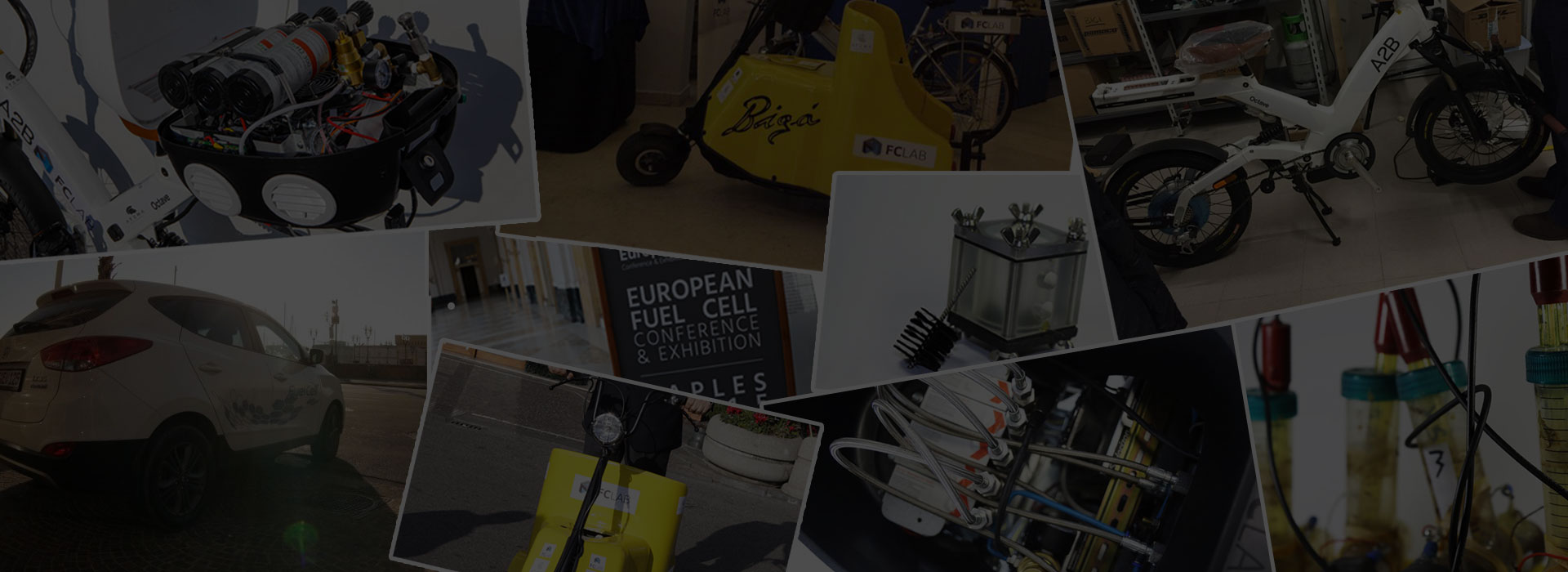
04 Mar The first hydrogen vehicle for the handling of goods in a European port is Italian.
The first hydrogen vehicle for the handling of goods in a European port is Italian. Designed and developed by the ATENA consortium[1], with the support of ENEA, Cantieri del Mediterraneo and the ‘Parthenope’ and Salerno Universities.The four-wheeled port tractor, yard truck in jargon, will be tested for the first time in the Valencia airport in Spain by Grimaldi Group in its Terminal Europe, as part of the European project ‘H2Ports'[2] worth 4 million euro. In addition to ensuring the safety of performance and logistics operations, the yard truck will not produce polluting emissions thanks to a hydrogen fuel system that emits only water and heat.
“The hydrogen vehicle is equipped with a hybrid fuel cell engine and lithium-ion batteries[3], which will allow us to carry out the port logistics operations of loading and unloading from cargo ships. The use of hydrogen will ensure good operational autonomy, short refueling times, low maintenance costs and above all zero emissions”, explained Viviana Cigolotti, researcher at the ENEA Laboratory of Energy Storage, Batteries and Technologies for Hydrogen Use and Production and ENEA coordinator for the project.
In terms of emissions avoided, the ENEA researchers calculated that the tractors used to unload the ships (each requires a fleet of 6 tractors), in a medium-sized port terminal, work for about 19,800 hours per year, consuming approximately 188,000 liters / year of diesel[4]. Considering that ‘conventional” yard trucks emit approximately 2.67 kilograms of carbon dioxide per liter of fuel and 0.028 kilograms of nitrogen oxides per liter of fuel, the use of hydrogen fleets would avoid approximately 501 tons / year of CO2 and 5 tons / year of NOx.
“Furthermore – Cigolotti pointed out – these estimates refer only to the use of hydrogen yard trucks and do not include a further pollutants reduction due to a reduced use of very energy-intensive ventilation systems employed in ships to remove the smog produced by diesel-powered vehicles for loading and unloading goods”.
Every year the maritime transport and port logistics sector produce approximately one billion tons of CO2 emissions, which account for 2.5% of global carbon dioxide emissions and 13% of the entire European transport sector. These figures are bound to grow: it is estimated that they will increase by 50% by 2050. Twenty million tons of CO2 come from the stationing of ships and loading and unloading operations conducted by polluting diesel-powered vehicles like trucks , forklifts, container and cranes handlers.
By 2050 this figures are expected to reach 70 million tons for CO2 and 1.3 million tons for nitrogen oxides, not mentioning the significant amounts of sulfur oxides and PM10 particulates.
“A green redesign of these vehicles is a promising solution for the decarbonisation of the port sector, which employs over 2 million people in Europe -if we include the related industries- and contributes with over 50 billion euro to the European GDP. Among all clean energy technologies, the most promising are hydrogen and fuel cells, thanks to their scalability, flexibility and high efficiency, which give them a high potential, especially in combination with energy storage devices like lithium-ion batteries ”, concluded Cigolotti.
The yard truck in detail
At operational level, the storage system[5] of the terminal tractor prototype will have an overall capacity of approximately 12 kilograms of hydrogen, capable of guaranteeing continuous operation for at least six hours, which is the average duration of a work shift. Its electric motor is very efficient, particularly suitable for applications that require high power; it can receive traction energy from both the fuel cell and the battery simultaneously and charge the battery during braking or deceleration.
The yard truck will fill up at the mobile hydrogen refueling station developed by one of the project partners, Centro Nacional del Hidrógeno, which provides green fuel not only to the terminal tractor prototype but also to the forklift (reach stacker); the latter, developed by the company Hyster Yale, will also operate in the port of Valencia (Valencia Terminal Europa), at the MSC terminal.
In addition to the yard truck, a forklift (reach stacker) and a mobile refueling station will also be developed and validated in the field by the other partners.
The project is coordinated by the Fundación Valenciaport, in close collaboration with the Port Authority of Valencia, and is supported by the public-private partnership ‘Fuel Cell and Hydrogen Joint Undertaking (FCH JU)’, now ‘Clean Hydrogen Partnership’. In addition to the Fundación Valenciaport and the Port Authority of Valencia, other participants in the project are the Centro Nacional del Hidrógeno and the companies MSC Terminal Valencia, Grimaldi Group, Hyster-Yale, Atena scarl-District Alta Tecnologia Energia Ambiente (with its third parties ENEA, University of Naples Parthenope, University of Salerno and Cantieri del Mediterraneo spa), Ballard Power Systems Europe and Enagás.



